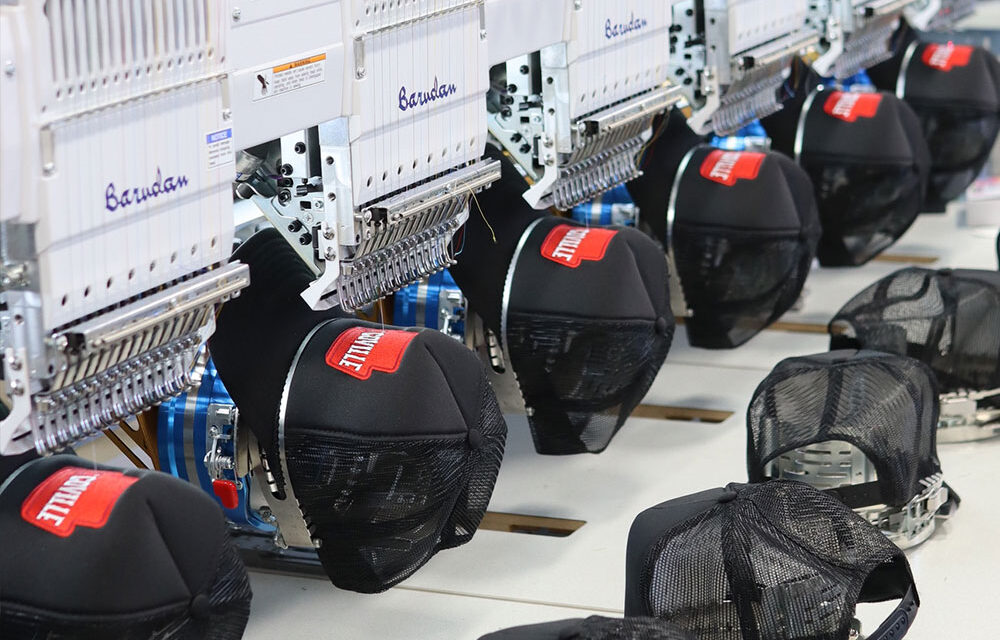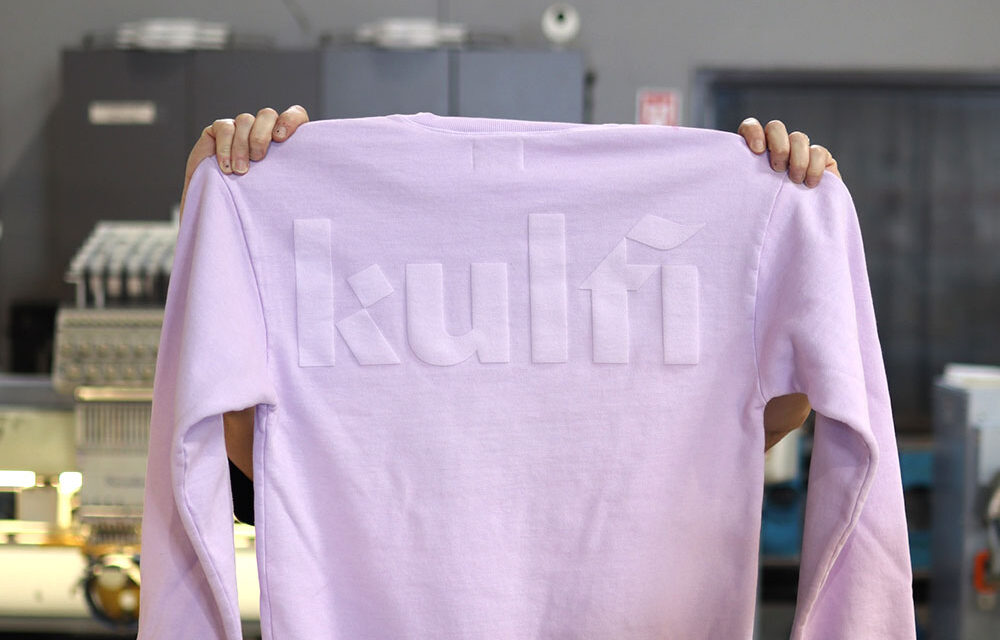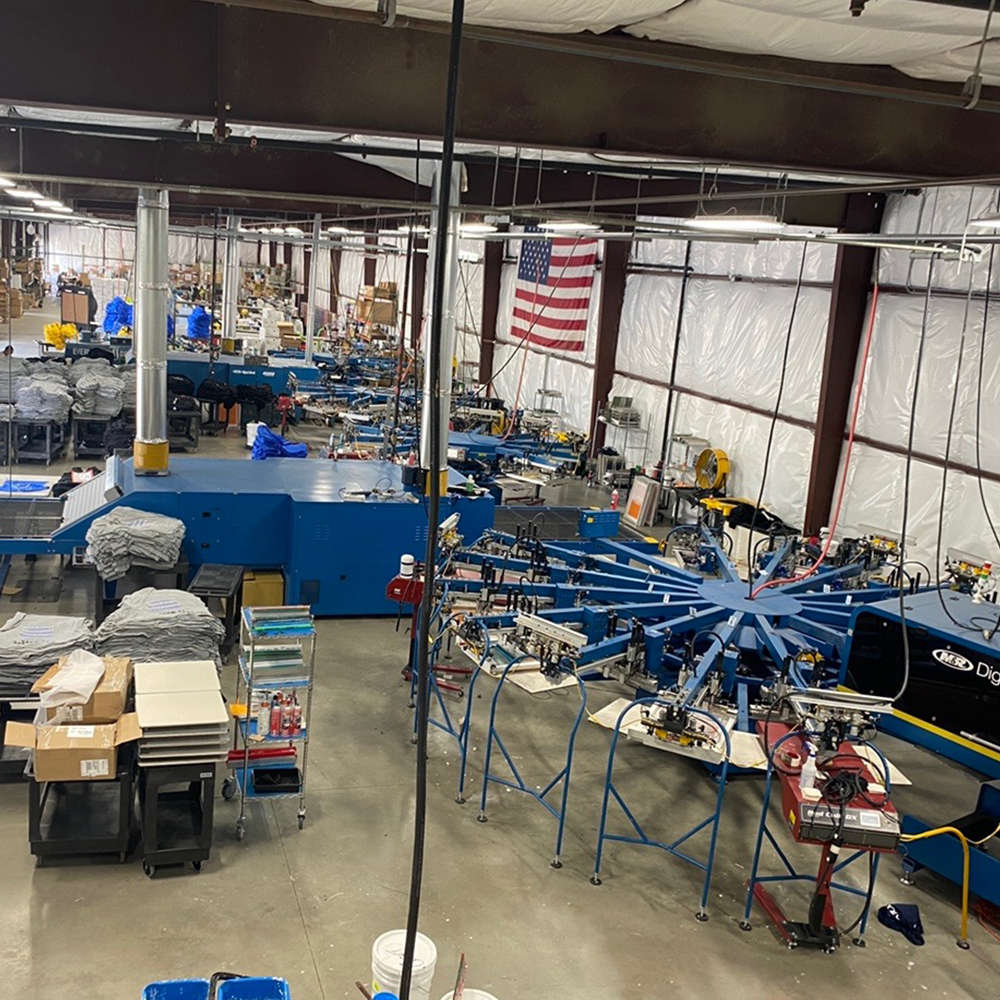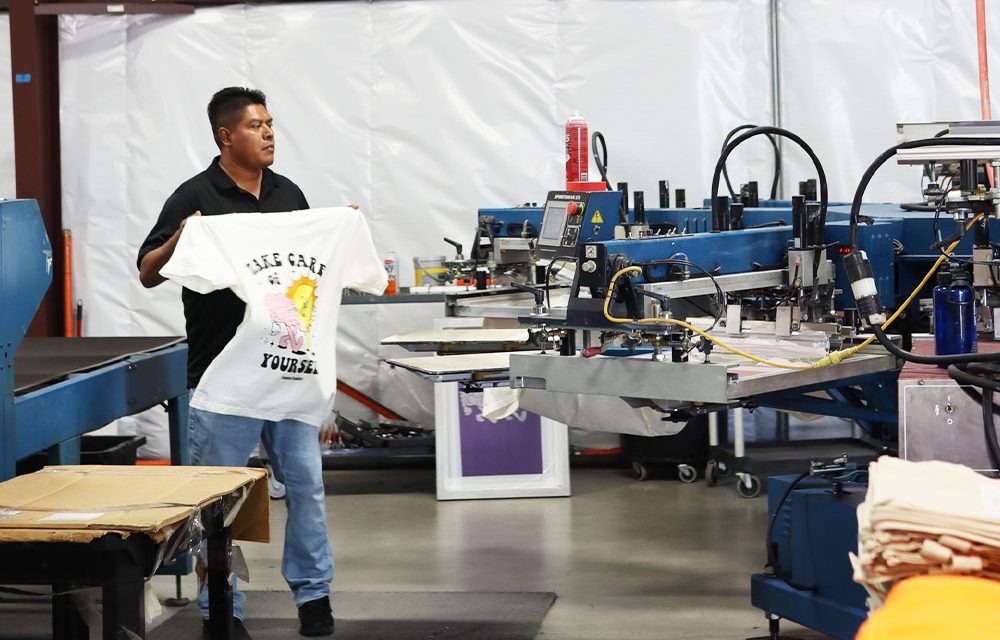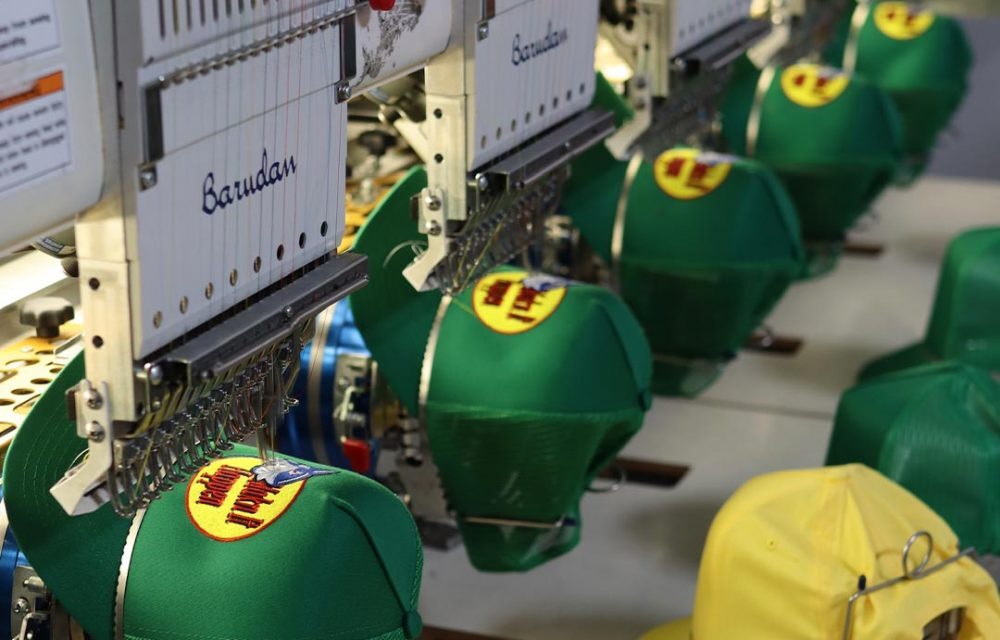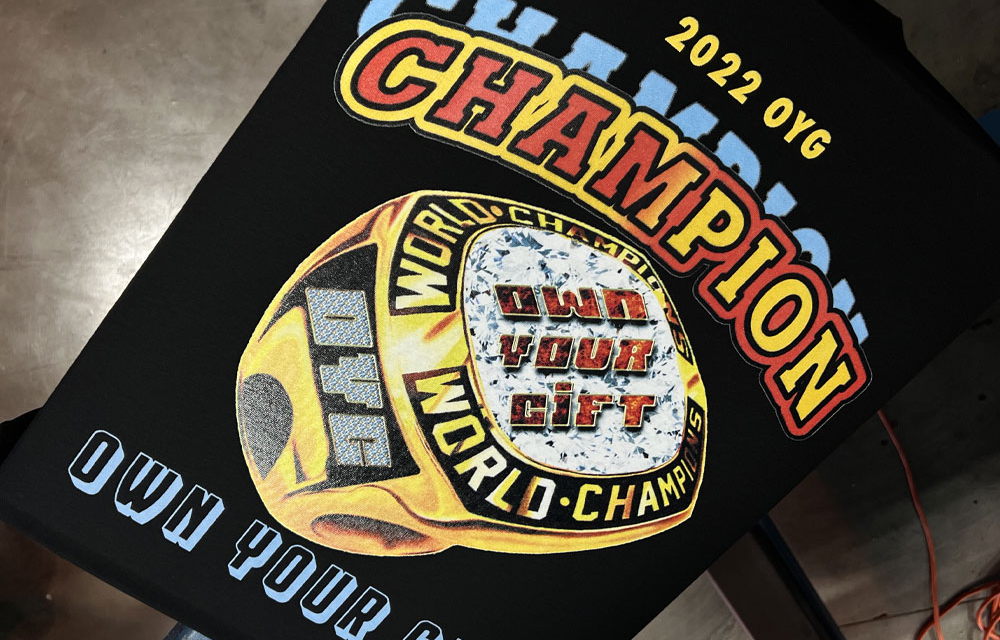What is Digital Printing?
In today’s fast-paced and technologically advanced world, the term digital printing has become ubiquitous, yet many might still wonder, What is digital printing? This article aims to demystify digital printing, shedding light on its process, benefits, and applications. We’ll also touch upon how it compares to traditional methods like screen printing.
Understanding Digital Printing
Digital printing refers to methods of printing from a digital-based image directly onto various media. It differs significantly from traditional analog printing methods, such as lithography or flexography, which require printing plates. Digital printing technology has revolutionized the printing industry by making it more accessible, versatile, and efficient.
The Process of Digital Printing
The process of digital printing begins with the creation of a digital image file, typically using design software. This file is then sent directly to the printer, bypassing the need for intermediate steps like plate creation. The printer uses a series of tiny nozzles to spray ink or toner onto the substrate, which can be anything from paper to fabric to plastic. This non-contact printing method allows for precise and high-quality results.
There are several types of digital printing technologies, including:
- Inkjet Printing: This method uses liquid ink and is often employed for printing photographs, fine art, and various textiles.
- Laser Printing: Utilizing toner powder, laser printers are commonly used for office documents, brochures, and direct mail.
Both methods offer distinct advantages and are chosen based on the specific needs of the project.
Advantages of Digital Printing
Digital printing offers numerous advantages over traditional printing methods:
- Cost-Effective for Short Runs: Unlike traditional methods that require setup costs for creating plates, digital printing incurs minimal setup costs, making it ideal for short-run projects.
- Quick Turnaround Time: Digital printing eliminates several time-consuming steps, enabling faster production times.
- Customization and Personalization: Each piece can be customized without slowing down the process, making digital printing perfect for personalized marketing materials.
- High Quality: Digital printing delivers consistent high-quality results with sharp images and vibrant colors.
- Eco-Friendly: With less waste and fewer chemicals involved, digital printing is a more environmentally friendly option compared to traditional methods.
Applications of Digital Printing
Digital printing is incredibly versatile and finds applications across various industries:
- Marketing and Advertising: Businesses use digital printing to produce marketing materials like flyers, brochures, and business cards.
- Publishing: On-demand book printing and personalized magazines are made possible through digital printing.
- Textiles: The fashion industry uses digital printing for custom fabrics and garments.
- Packaging: Digital printing enables custom packaging solutions with unique designs and variable data printing.
Digital Printing vs. Screen Printing
A common question that arises is how digital printing compares to screen printing. Screen printing is a traditional method where ink is applied through a stencil, or screen, onto the substrate. This method is particularly effective for high-volume production and is commonly used for textiles and promotional items.
Screen printing offers durability and vibrant colors, especially on fabric. However, it is less suited for projects requiring fine detail or photographic-quality images. Additionally, the setup cost for screen printing is higher, making it less economical for short runs.
In contrast, digital printing excels in producing detailed images with a wide color range and is more cost-effective for small to medium-sized print runs. It also allows for quick changes to the design without additional setup costs, making it highly flexible.
Conclusion
In conclusion, digital printing has transformed the printing industry with its efficiency, flexibility, and high-quality output. Understanding the process of digital printing and its advantages can help businesses and individuals make informed decisions about their printing needs. Whether for marketing materials, custom textiles, or on-demand publishing, digital printing offers a versatile and effective solution.


